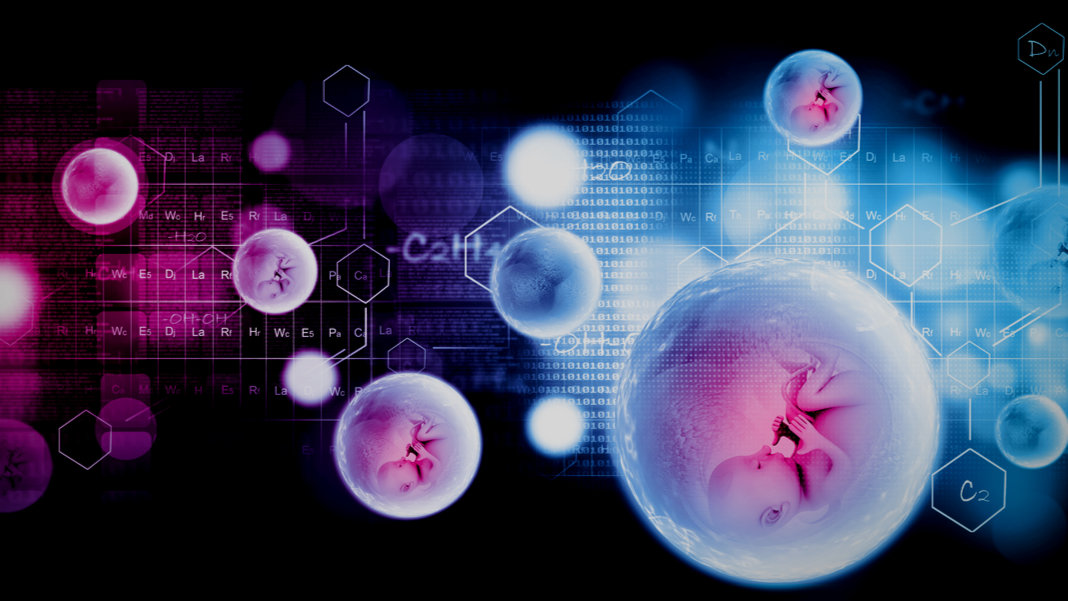Humans have been and always will be experimenting in order to push our own boundaries of knowledge forward. No field of study is left untouched and especially not in Bioscience. After the discovery of DNA people around the world were intrigued with this new finding, and experimentations followed. It started out with simple experiments in 1960, where scientists tried to change the DNA code of plants by exposing them to nuclear radiation. They hoped to find some useful mutations through sheer luck, there was no way for the scientist to control the DNA structure change at this point. In the decades that followed, scientist performed all kinds of experiments on plants and animals as well. The first genetic modified food that was introduced to the market was the Savr Flavr tomato, which was supposed to stay longer ripe (Leary, 1994).
People saw lots of opportunities in genetic modification, but until recently it was very expensive, and experiments took countless hours of work. A new technology disrupted the status quo, since it decreased cost with 99% and experiments would now only take up a few weeks. The new gene editing technology is called CRISPR, the best-known method is CRIPR CAS-9 which, makes use of the CAS-9 protein in editing DNA. The technology can cut and replace certain parts of a DNA code in every cell and microbe, which enables us to adjust the genetic code of humans as well. This has wonderful applications like controlling genetic diseases. The disease is caused by a small error in the DNA code, but CRISPR CAS-9 can cut the code and replace it with correct DNA (Kurzgesagt, 2016). While this is a fantastic application by itself and will revolutionize health care as we know it right, this post will trigger you to focus on a different aspect of the technology; creating designer babies.
While curing existing genetic diseases and even cancer sound great, another topic might leave you more flabbergasted. The technology allows scientists in the future to modify humans through editing embryos. While at first this might be seen as an ethical process since we can modify babies to be immune to certain diseases and erasing genetic diseases from our human code as opposed to editing cells from older people, this will cause the genes to be passed through to new generations. The process will be slow, but it will also be limitless. If babies can be modified in such a way that they won´t be prone to certain diseases, why not give them more enhancements like increased intelligence. This is where it starts to get tricky and might become unethical. Once the DNA is modified and spread through offspring it is hard to undo the change without any involvement of coercion. Even though this technology is still in its early stages, the impact it can have in the future is already clearly visible (Ball, 2017). By not restricting this technology for governmental purposes only, multi billionaires can in fact design offspring with genetic advantages relative to the average human, since they have “unlimited” funds. While the applications are great, the implications are evenly dangerous and certain policies must be created to restrain the limitless possibilities and guide the technology to towards an ethical path.
Sources:
Ball, B., 2017. Designer babies: an ethical horror waiting to happen?. The Guardian. Online. Accessed on 23/09/2020 via https://www.theguardian.com/science/2017/jan/08/designer-babies-ethical-horror-waiting-to-happen
Kurzgesagt. 2016. Genetic Engineering Will Change Everything Forever – CRISPR. Youtube. Online. Accessed on 23/09/2020 via https://www.youtube.com/watch?v=jAhjPd4uNFY.
Leary, W., 1994. May. F.D.A. Approves Altered Tomato That Will Remain Fresh Longer. The New York Times. Online. Accessed on 23/09/2020 via https://www-nytimes-com.eur.idm.oclc.org/1994/05/19/us/fda-approves-altered-tomato-that-will-remain-fresh-longer.html
Ramirez, V., 2018. Designer Babies, and Their Babies: How AI and Genomics Will Impact Reproduction. Singularityhub. Online. Accessed on 23/09/2020 via https://singularityhub.com/2018/11/14/designer-babies-and-their-babies-where-ai-and-genomics-could-take-us/
Superhumans – through Gene Editing
24
September
2020


Hi Mike,
Very interesting subject and clearly something to watch out for! Humans are constantly striving to be better, which is why living standards have increased so substantially (mostly in developed countries) over the years. This inner drive for more is also what lead to the greatest innovations and inventions in history. Technology has facilitated many aspects of healthcare and enabled completely new treatments.
The gene modifying technology seems like a revolutionary discovery and at the same isn’t it going against nature? The survival of the fittest – does it become survival of the richest considering the price of such interventions?
I believe global warming and the recent corona crisis should be interpreted as defense mecanisms of our planet. Humans have already overstayed their welcome and are now in the process of further increasing survival, leaves questions as to what the consequences will be.
But most importantly, what will happen to our individuality? Each of us is unique and the use of this technology will most likely entail almost identical babies, which adhere to the highest health standards. Aren’t imperfections what makes us human? Being able to ‘fix’ us makes me think of robots.
I completely agree with the need for regulation, maybe an idea would be to limit the use of the gene modifying technology to life threatening cases for example.